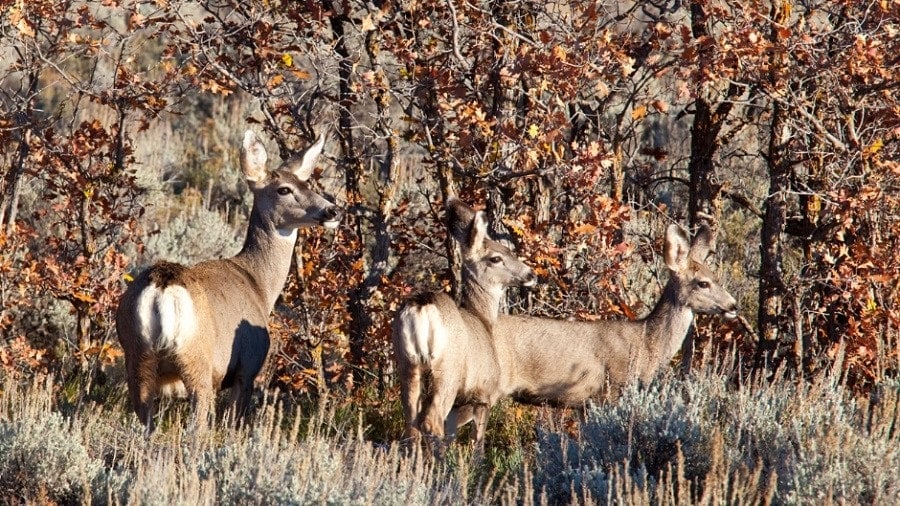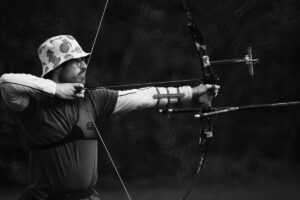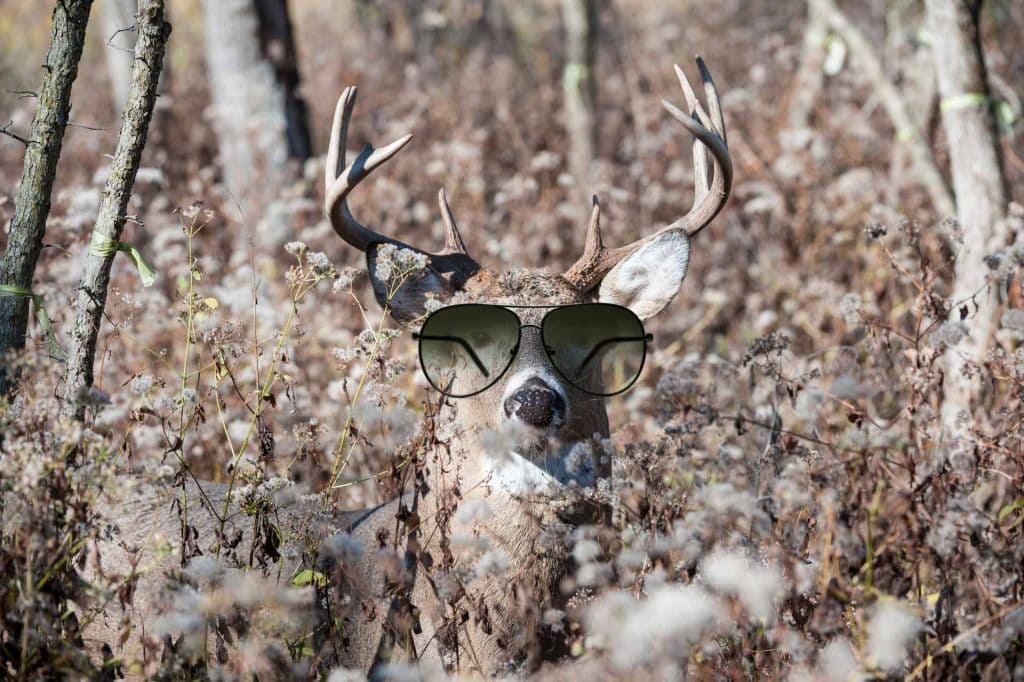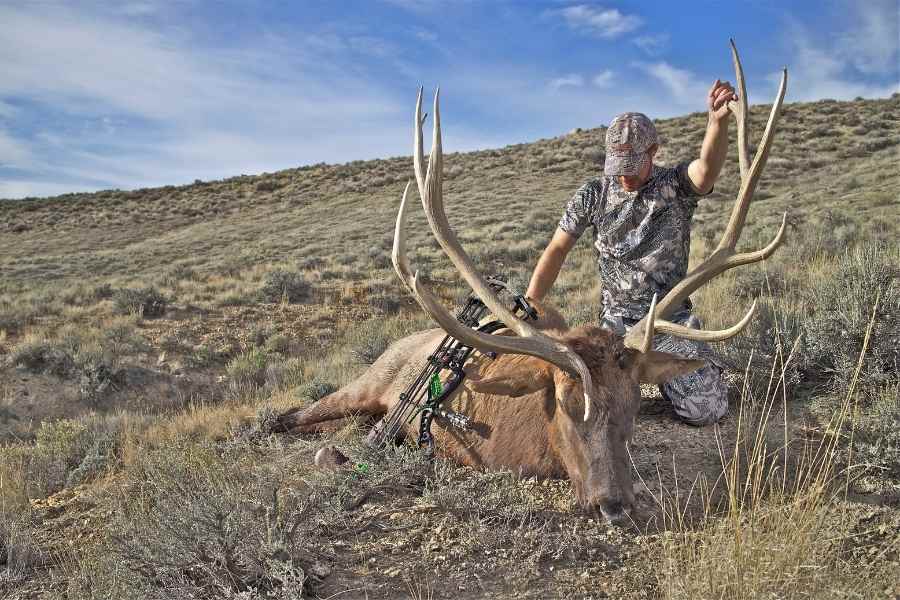As a seasoned bowhunter, I’m always on the hunt, pun intended, for fresh strategies to boost my success out in the wild. This piece will delve into some tried-and-true tactics for hunting public land bucks.
These strategies may not always lead to a filled bag, but they will surely provide ample opportunities for an exciting hunt.
Hunting strategies vary across the country, with the habitat and terrain playing a significant role. When it comes to public land, the tactics require a unique approach.
I’ve discovered that a thorough understanding of the habitat and terrain, identifying deer tracks and their feeding habits, and scouting and tracking skills are vital for success.
Additionally, selecting the perfect hunting spot, using saddles for hunting, and understanding deer behavior and patterns are also essential.
TL;DR
– Understanding the habitat and terrain, identifying deer tracks and feeding habits, and scouting and tracking are crucial for public land hunting success.
– Selecting the perfect hunting spot, using saddles for hunting, and decoding deer behavior and patterns are key to a successful hunt.
– Setting up strategically near creek crossings and in bedding areas can significantly increase your chances of spotting a buck.
Contents (Jump to Topic)
TogglePublic Land Hunting Tactics
As seasoned hunters, there’s no denying the unique challenges public land hunting presents. Yet, precisely, these challenges make the rewards all the more gratifying. Over the years, I’ve honed tactics that have proved fruitful on public land and can be equally effective on private land.
While they may not always guarantee a filled tag, these strategies have opened up countless opportunities for a successful hunt.
One cannot overstate the importance of thorough scouting. It’s like being a detective in the wild, hunting for clues such as fresh tracks, rubs, and scrapes.
Having successfully hunted them around these feeding grounds, I vouch for its efficacy.
Public land hunting requires you to be as adaptable as the wildlife you’re pursuing. Conditions can change rapidly, and your ability to adjust your strategy accordingly is crucial.
Flexibility is key, whether shifting to a new spot when the deer play is hard to get or tweaking your hunting strategy.
Lastly, I’ve found that low-impact hunting methods can be game-changers, such as using a canoe to access remote areas. This tactic helps reach places other hunters might not explore.
Understanding Habitat and Terrain
Public land hunting is as much about understanding the terrain and habitat as knowing your prey. Different landscapes offer unique sets of challenges and opportunities when hunting whitetails.
Take river bottoms, for instance. Deer gather where food is plentiful, often feeding on natural browse.
So, understanding your hunting terrain and habitat is pivotal when hunting on public land.
It helps identify the deer hotspots and their feeding habits, enabling you to set up in the most promising spots.
Identifying Deer Tracks and Feeding Habits
I’ve found that mastering the art of identifying deer tracks and understanding their feeding habits is a game-changer for successful hunting.
I’ve spent numerous public land hunting trips observing and learning from these majestic creatures. Deer tend to gather in areas where they feed, leaving behind a treasure trove of tracks that can guide us to their location.
Deer are habitual creatures, often munching on natural brows such as plants and shrubs readily available in river bottoms and mud flats.
Though we may not always pinpoint the exact plant or shrub they’re feasting on, we’ve noticed their consistent preference for these natural food sources.
When scouting for potential hunting hotspots, I instinctively look for signs of recent deer activity.
Fresh deer tracks and signs of feeding, such as browsed-down plants and shrubs, are like breadcrumbs leading us toward the deer’s bedding areas.
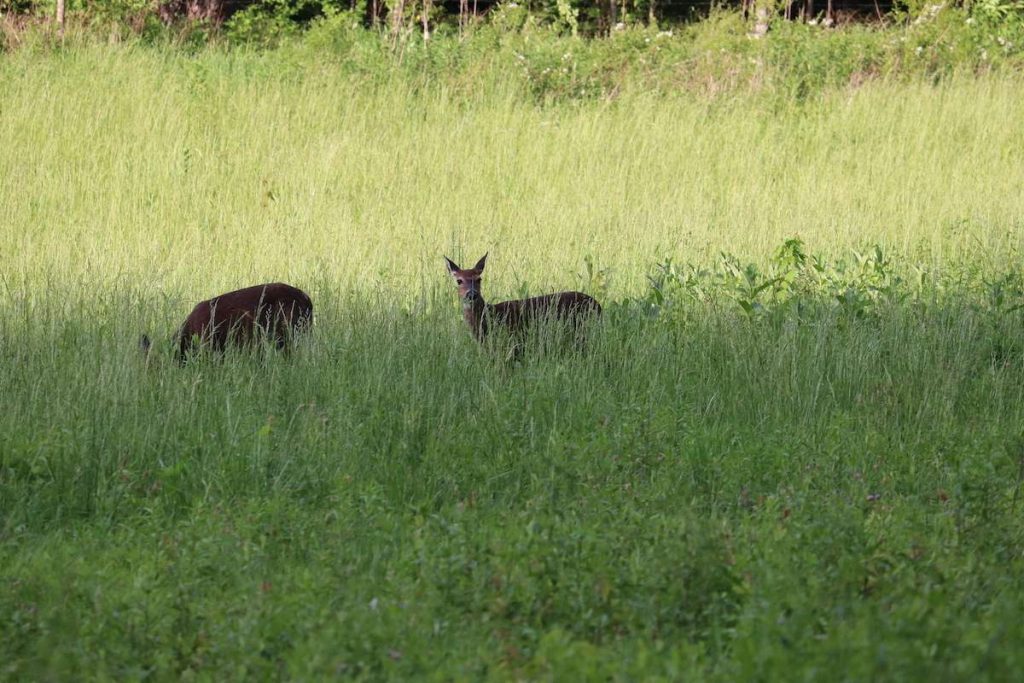
The Power of Natural Food Sources
When hunting on public land, you must never underestimate the lure of natural food sources that deer target. These natural buffets can become our secret weapon to tag those elusive bucks.
It’s important to note that natural food sources aren’t static; they can change from year to year.
A place under water last year can transform into a prime hunting location the next, thanks to fluctuating water levels reshaping the landscape and creating new food sources like mud flats.
Scouting and Tracking: Your Keys to Success
As seasoned bowhunters, we know that scouting and tracking are the lifeblood of a successful hunt.
These tactics take on an even greater significance when hunting on public land, where competition among hunters is fierce, and the terrain is often a mystery waiting to be unraveled.
One of the primary elements we seek when scouting is natural food sources. On one of our recent outings, we discovered an area teeming with fresh deer tracks – a clear sign that this was a popular dining spot for the local deer population.
Regarding tracking, we’ve found that rubs and scrapes often serve as a breadcrumb trail leading us straight to the deer’s bedding areas.
Deers often use creek crossings as their highways, providing us an excellent opportunity to intercept them.
In short, scouting and tracking are invaluable strategies when hunting on public land.
Importance of First-Time Hunting Spot
I can tell you that when hunting whitetails on public land, the location you choose for your first hunt can make or break your experience.
Public lands are often rich with natural food sources that attract deer.
For instance, during one of my hunts, I found a spot where deer were actively feeding on a specific plant that had been heavily browsed.
This seemingly unimportant location was a goldmine for hunting due to the natural food source that attracted deer.
The value of finding the perfect first-time hunting spot can’t be emphasized enough.
Harnessing the Power of Tree Saddle Hunting
In my three decades of hunting, I’ve found that hunting from a tree saddle can be a game-changing addition to your hunting gear.
Their lightweight nature and comfort make them barely noticeable, even after a day of wear. Plus, they offer incredible flexibility, allowing for easy movement and position adjustment in the tree.
One of the major benefits of using saddles is their ability to facilitate hunting in areas where traditional tree stands are impractical.
For instance, I’ve used saddles to hunt in areas with sparse trees or where the trees were unsuitable for a regular stand.
Saddles also offer excellent camouflage, blending seamlessly with the surrounding environment. This feature is particularly useful in open ground or areas with minimal cover.
Their flexibility and adaptability enable hunting in unconventional areas, expanding your hunting grounds. If you haven’t tried using a saddle before, I wholeheartedly recommend giving it a go.
Hunting Bedding Areas
One of the most crucial elements is recognizing where deer bed down. These zones, thick with cover, serve as the deer’s fortress of solitude, providing them with security and protection.
Hunting in these areas is challenging, but the rewards can be bountiful if you approach it correctly.
Follow fresh deer signs such as rubs and scrapes, leading you straight to the bedding areas. Think of these signs as your GPS
When hunting near bedding areas, it’s essential to be as adaptable as a chameleon.
We often use portable tree saddles, allowing us to move swiftly and silently to different locations.
Sure, hunting in bedding areas on public land can be as challenging as solving a Rubik’s cube blindfolded, but it can be incredibly rewarding with the right approach.
Key Takeaways from Pursuing Public Land Bucks
1. Seeking out Natural Food Sources: Deers have a penchant for native plants and brows. These natural food sources serve as deer magnets, attracting them en masse. Identifying food hotspots can help you pinpoint areas of high deer activity, enabling you to set up your stands strategically.
2. The Art of Flexibility: Hunting on public land is a game of adaptability. The landscape is ever-changing, and being flexible with your plans is key. For instance, we had to alter our strategy midway when fluctuating water levels in a nearby creek created fresh natural food sources.
3. Saddle Hunting: Saddle hunting has emerged as a game-changer for public land hunting. Its lightweight, versatile design lets us move stealthily and swiftly through the dense woods.
4. Understanding Habitat and Terrain: Creek crossings, for example, are like deer superhighways, frequently traveled by these creatures. Setting up your position near these crossings can help you intercept deer as they move along these natural paths.
5. Low-Impact Hunting: Less invasive methods to reach hunting spots are particularly effective. Those methods let us get closer to the deer without startling them, increasing our success rate.
Successful hunting on public land is a harmonious blend of tactical thinking and adaptability.
Being receptive to fresh ideas and adjusting to evolving conditions, we successfully hunched bucks on public land.
